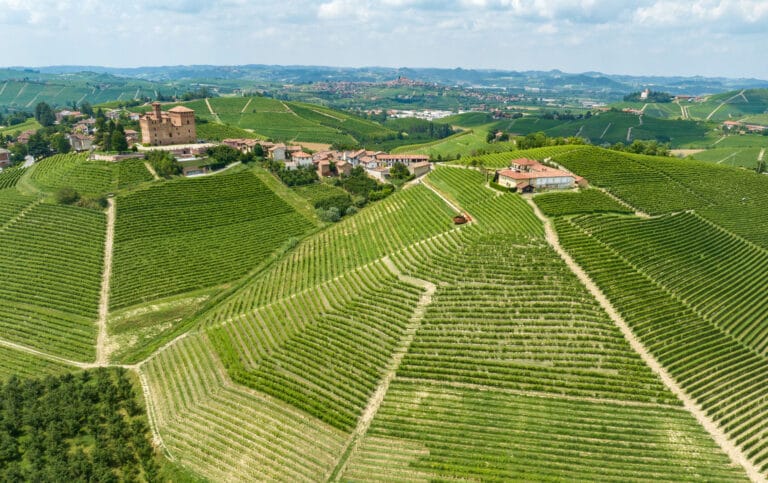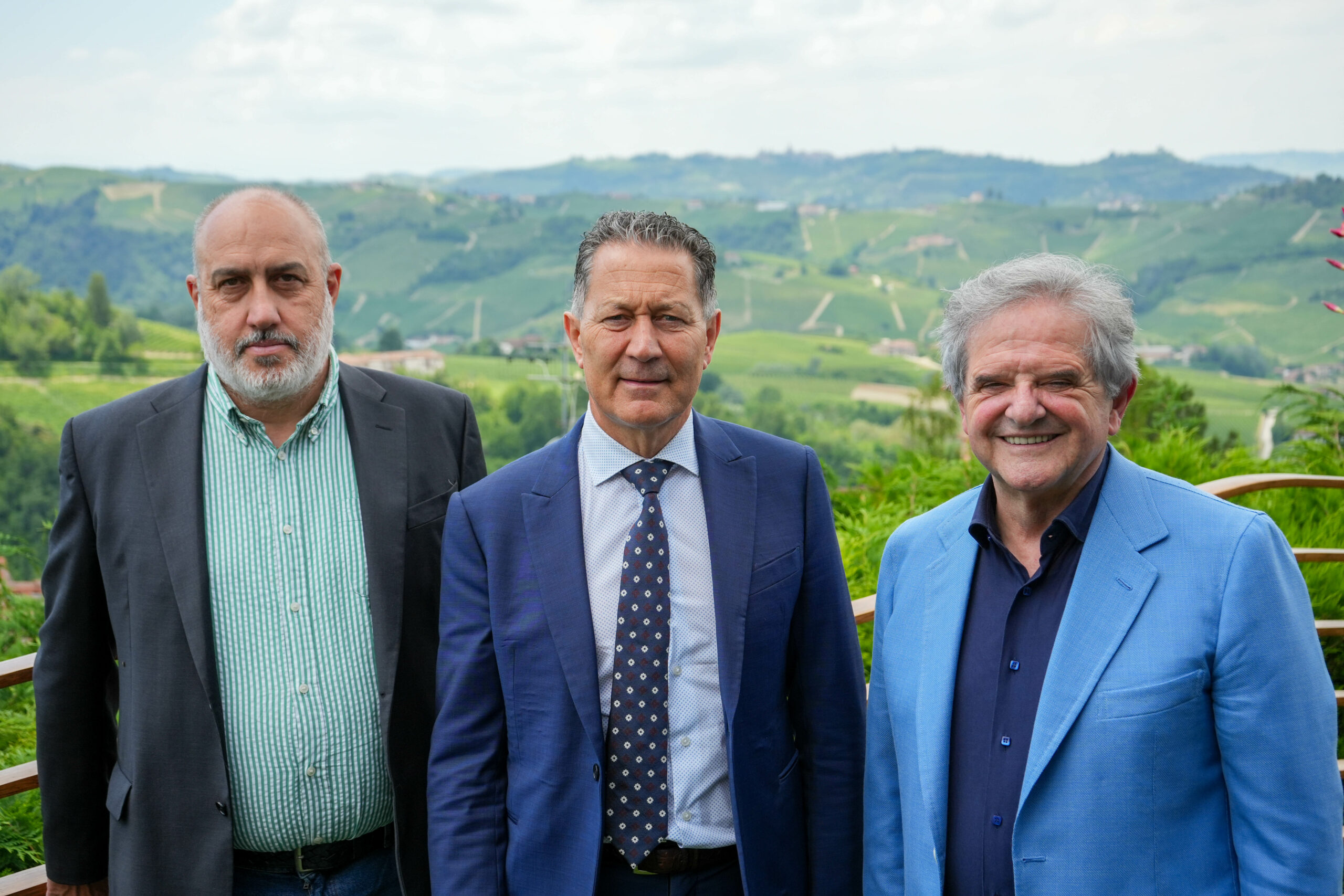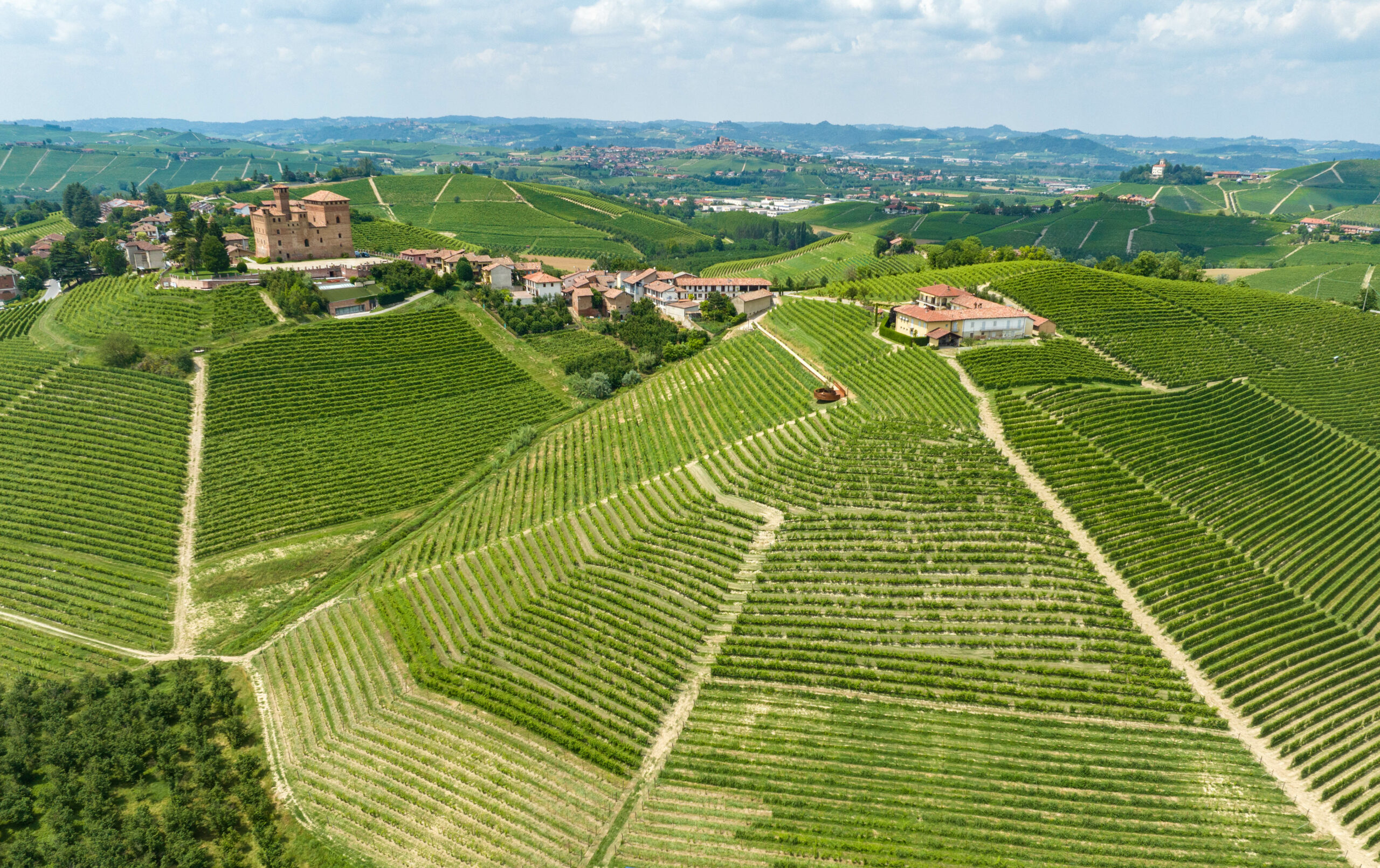
Barolo en primeur is back (for the fourth time!)
Never change a winning team
The project of the Fondazione Cassa di Risparmio di Cuneo and the Fondazione CRC Donare ETS , in collaboration with the Consorzio di Tutela Barolo Barbaresco Alba Langhe e Dogliani , continues with the desire to aim even higher.
Barolo en primeur is an international solidarity auction wanted and promoted by the Fondazione Cassa di Risparmio di Cuneo in collaboration with the Fondazione CRC Donare ETS and with the support of the Consorzio di Tutela Barolo Barbaresco Alba Langhe e Dogliani. If the first 3 editions made it possible to raise more than 2.37 million euros (more than 660,000 euros in 2021, more than 834,000 euros in 2022 and 877,000 euros in 2023) for the development of social and cultural projects, the fourth edition scheduled for October 25 aims to grow further.
“ Barolo en primeur can consolidate the high positioning of Barolo and Barbaresco and highlight realities that are still little known ,” declared the newly elected president, Sergio Germano .
A charity auction with wine at the center, presented the 2023 vintage
The protagonists of Barolo en primeur are the barrels of Vigna Gustava , vinified separately by the oenologist Donato Lanati to give each one its unique personality, the result of the parcellation of the vineyard according to exposure, altitude and age of the vines. Barolo is sold at auction a year after harvest, then must wait another two years before being released to the market, thus completing the minimum 38 months of aging starting on November 1 of the year the grapes are produced, as as required by the Consortium’s production regulations.
Alongside the barrels, the initiative involves the Consortium’s production base by directly involving the Barolo and Barbaresco wineries. In fact, from the second edition, many wineries in the region donate their bottles, each in different quantities and formats, which are sold at auction during Barolo en primeur as communal lots, that is- that is to say collected in a super partes manner under the umbrella of the municipality to which they belong. The proceeds are donated to the Scuola Enologica di Alba and other territorial bodies, an investment in new generations that is fundamental to increasingly promote the territory which in recent years has experienced growth in many respects, thanks to the skills and appeal that only education can provide.
Barolo en primeur fully embodies the values and mission of the Fondazione CRC: “ valuation and development of the territory, support for organizations active in the social and cultural field, attention paid to the education of young generations ”, comments Mauro Gola , the new president of the Fondazione CRC. “ This project represents an important legacy that, as president of the Foundation, I assume with enthusiasm, an initiative born from a far-sighted intuition which, during the first three editions, was able to develop both the link with the territory and positioning at the national and international level. I am certain that, thanks to the teamwork that has characterized Barolo en primeur since the beginning, we will be able to make this event grow even more in the years to come.
“As a producer I have been able to follow the auction project over the last few years and see its significant growth, in my new role I would like to focus on the considerable potential that the project has shown and certainly enhance the value Barolo and Barbaresco brands, which need to consolidate their high positioning and give importance to realities that are still little known.
This is already the case with municipal lots, which combine already famous company names with others that may have just appeared on the world stage and on secondary markets. In addition to these objectives, the involvement of the Scuola Enologica di Alba as a breeding ground for talents and other territorial talents recalls the importance of training and education in the territory, to which our cellars are very attentive” – comments Sergio Germano , the new president of the Consorzio di Tutela Barolo Barbaresco Alba Langhe e Dogliani.
THE GUSTAVA VINEYARD
The Gustava vineyard, acquired in 2019 by the CRC Foundation, is located in front of the Grinzane Cavour castle, in the commune of the same name, with an average slope of 35/40%. The soil is composed of Marne di Sant’Agata Fossili, the most common and widespread formation in the Langa of Barolo and Barbaresco, generally composed almost entirely of marly strata with little sand and with significant percentages of fine sediments, silt and clay. The soil of the Gustava vineyard was formed during the Tortonian period, a geological period between 11.6 and 7.2 million years ago, and is characterized by gray clay-silty marls, sometimes bluish, whitish gray on the surface , plastic and homogeneous.
Geologically, the term marl designates a sedimentary rock, more or less compact, sometimes schistose, made up of a carbonate fraction of between 25 and 75% and a remaining clay fraction. The marls of Vigna Gustava, and more generally those of the Langhe, come from the ancient Tertiary basin of Piedmont, the sea which occupied the region until the Quaternary era.
Inside the vineyard, six geo-pedological diversifications have been identified and subdivide the vineyard into as many parts. These micro-zones are distinguished not only by the different concentrations of the constituent elements, where the calcareous core dominates alongside magnesium, potassium, silt, calcium and clay, but also by the depth of the marly substrate, which ranges from 70/80 cm to 100/110 cm, a particularly important element for the cultivation of Nebbiolo, whose roots can reach 7 meters in length.
The analysis carried out thus confirms the vocation of Vigna Gustava for zoning, that is to say the subdivision of an area or territory on the basis of its eco-pedological characteristics, and gives even more strength to the decision of oenologist Donato Lanati to parcel it out by vinifying separately according to altitude, exposure and the presence of young or old vines.


